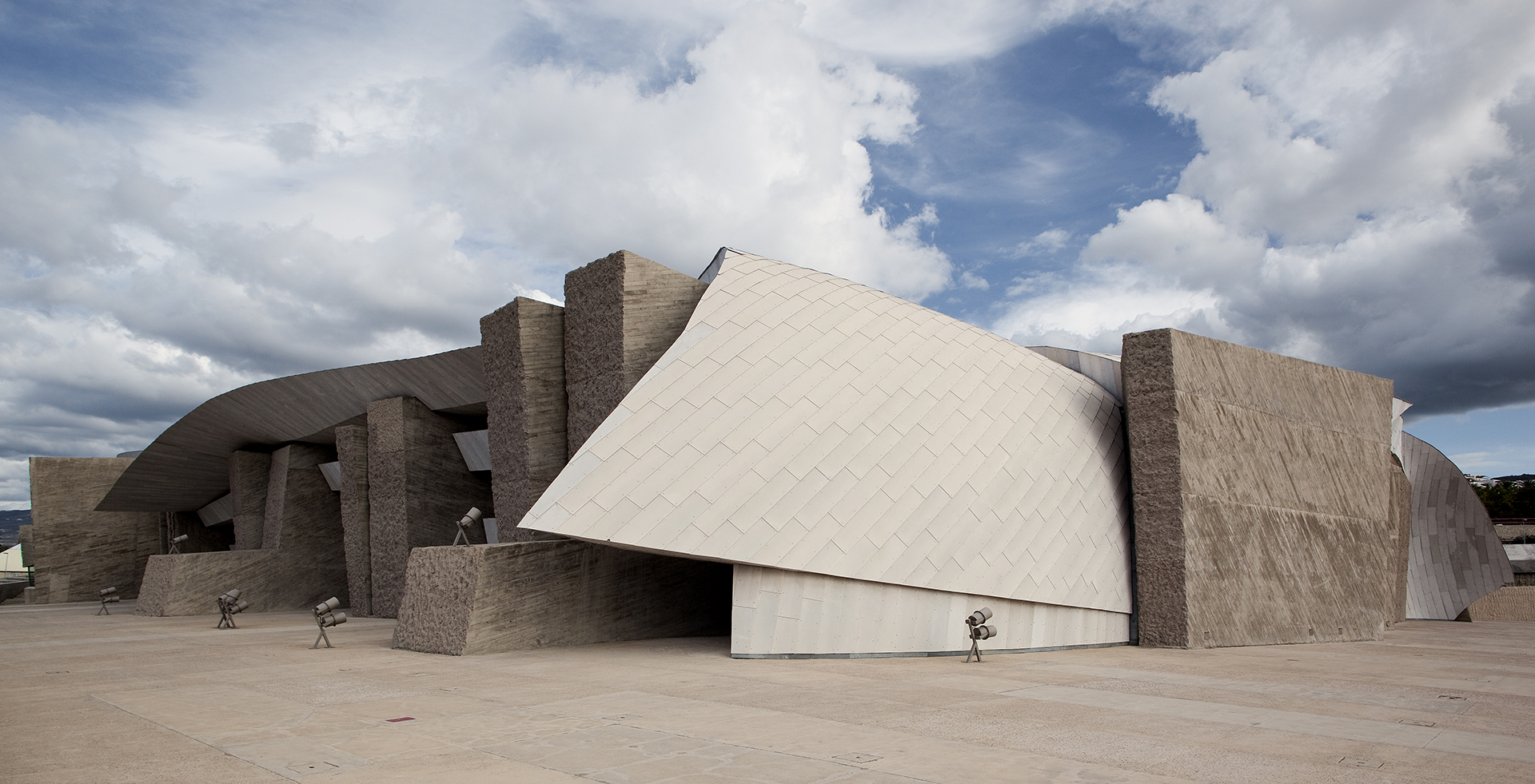The creative process of Spanish architect Fernando Menis is imbued by the use of malleable models that can be updated as the design evolves in a continuous operation of addition and subtraction that adapts to program needs, construction logic and sustainability. The model with which a design process is initiated is constantly reshaped to incorporate data provided by information technologies, site factors or place-related findings. In addition to the reuse of material resources, the integration of natural, cultural and historical references of the context is a central aspect of his architecture. Accordingly, the expressiveness of his work corresponds with the functionality of each building and its setting.
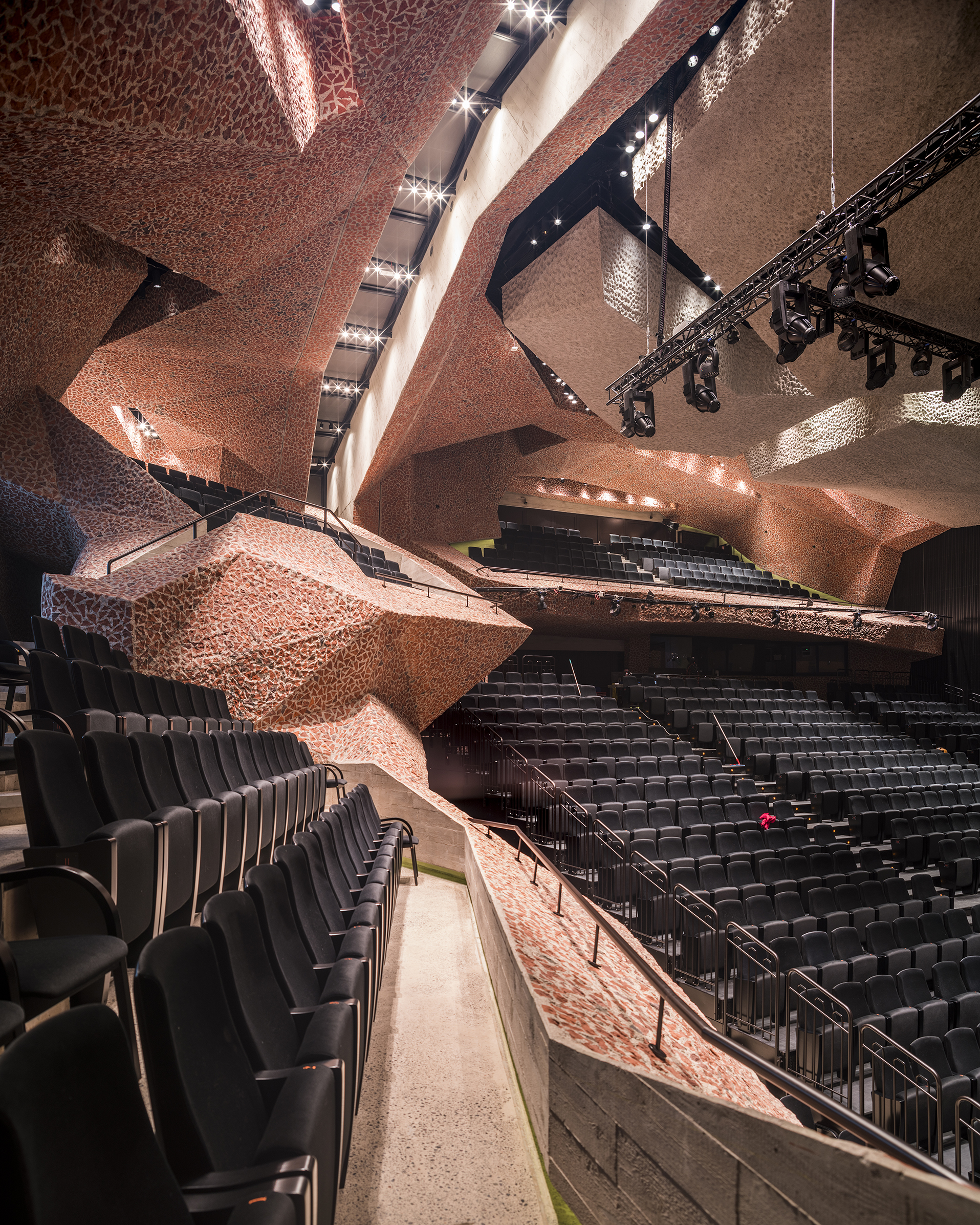
This is clearly illustrated in one of his most recent projects, the Jordanki Culture and Congress Center, the uniqueness of which is nothing but the result of shaping the various acoustic requirements of its multifunctional program to such an extent that sound molded the building. Here, the “picado” concrete mix includes red bricks recovered from the demolition of a local factory, a material that is widely used in the facades of the historic heart of Torun, thus paying homage to this legacy but, most importantly, because the massive mixture with irregularities of up to 3–4 cm has excellent acoustic properties in terms of reflection and diffusion of sound, making its use suitable in the concert halls.
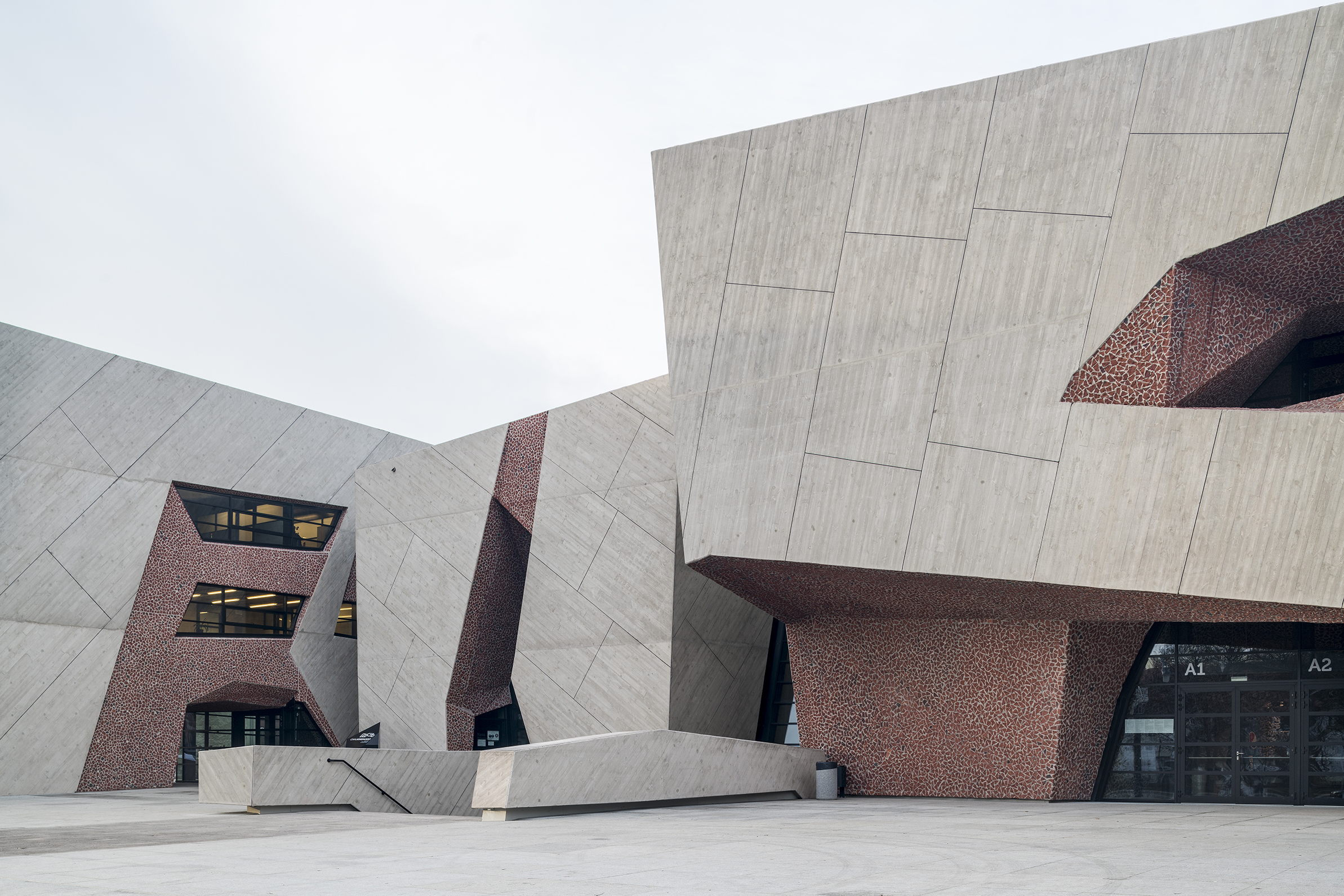
“Backstage. Fernando Menis” presents an extensive retrospective that reveals the design processes of Menis’s practice, including experimentation and innovative approaches in the field of architecture and urban design. Revolving around a variety of models and material studies, the exhibition focuses on a selection of designs that are under construction or have been completed over the past fifteen years as well as on research projects of new materials, techniques and systems.
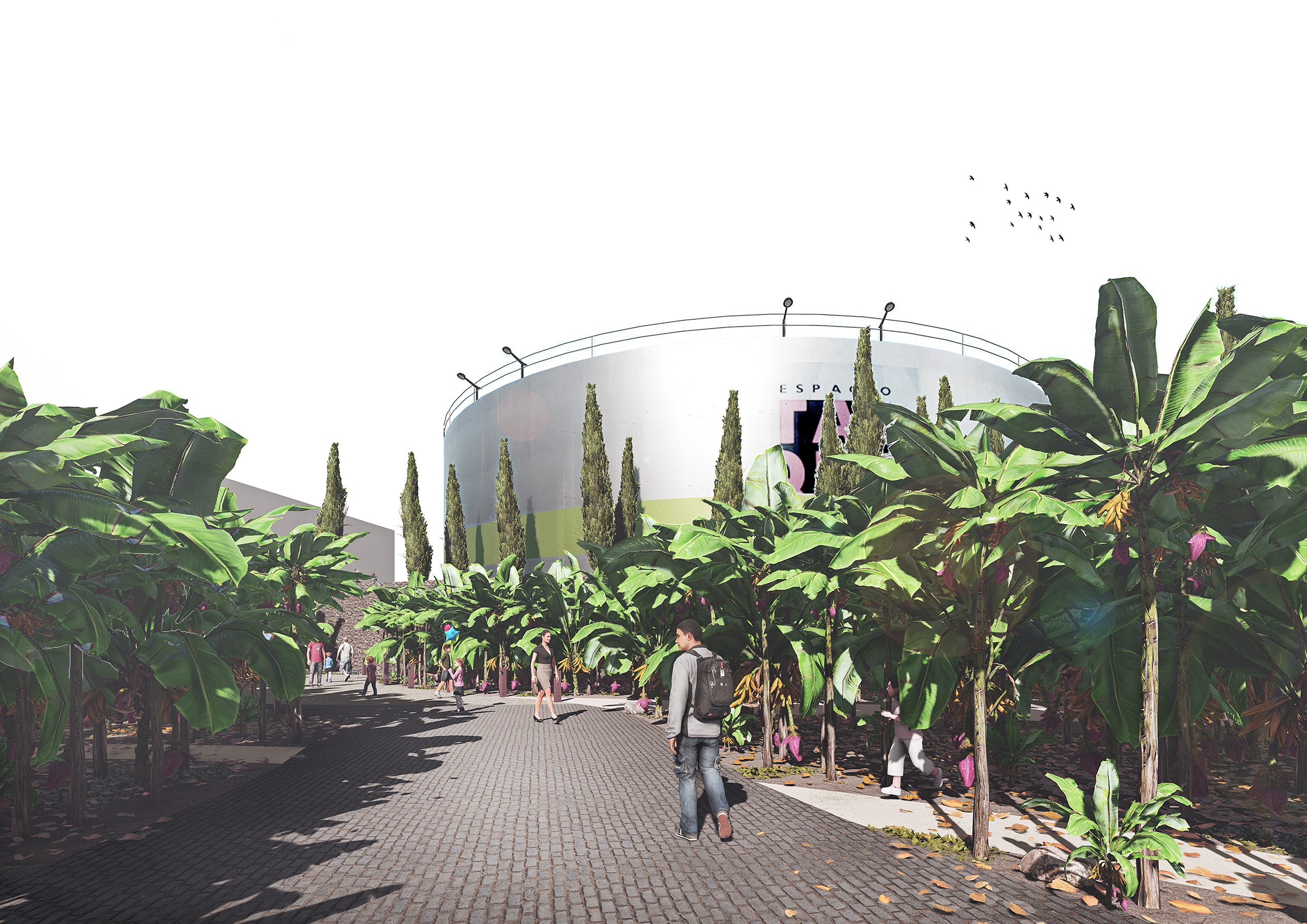
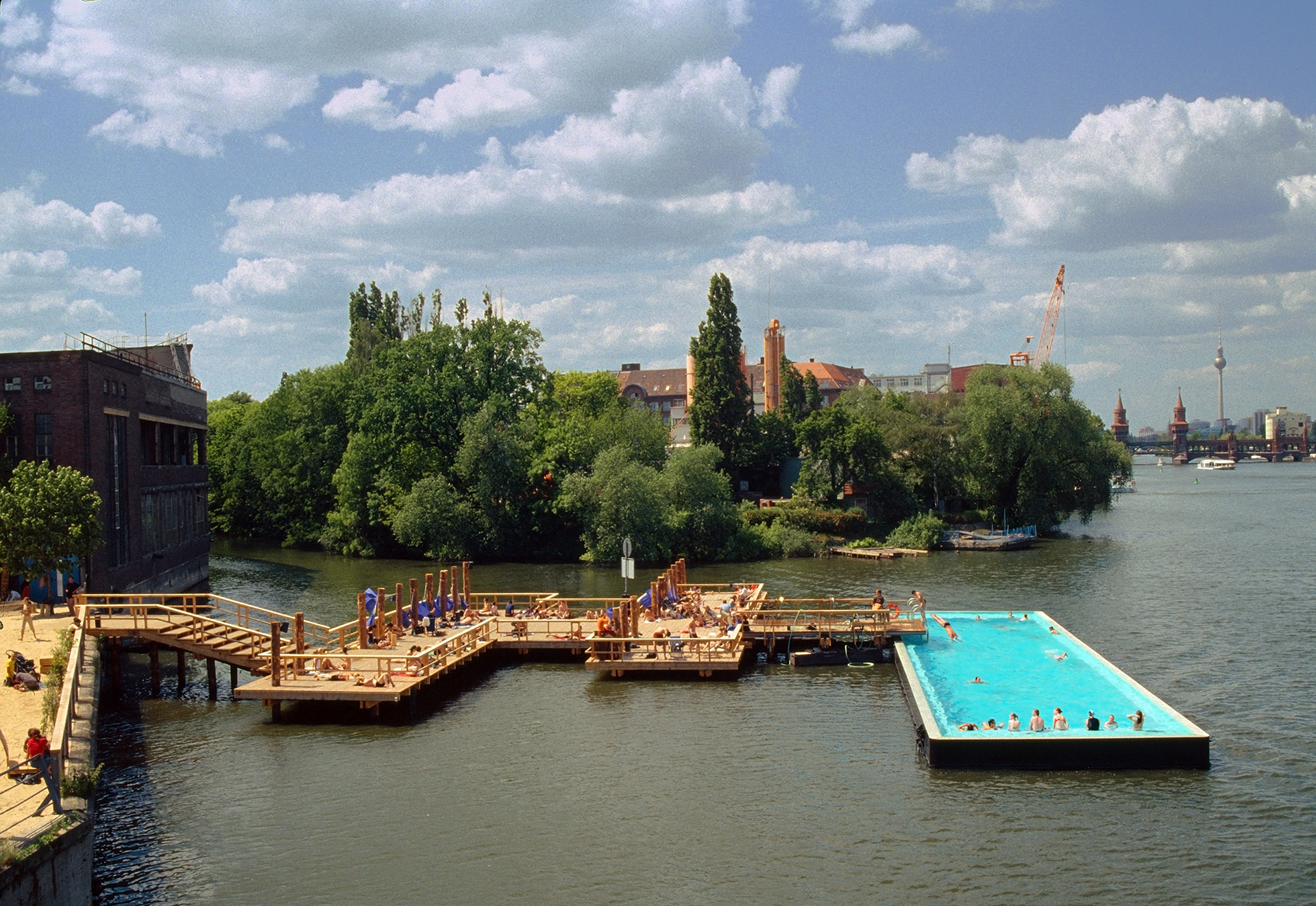
The most recent projects on show include Bürchen Mystik (Switzerland, in progress) which is a plan for the economic transformation of a village in decline in the Swiss Alps; the Jordanki Culture and Congress Center (Toruń, 2015), which features a ground-breaking variable acoustic design, and the “Hatching” prototype, a life machine that consumes zero energy, which makes habitats in deserts possible by harvesting water from the air.
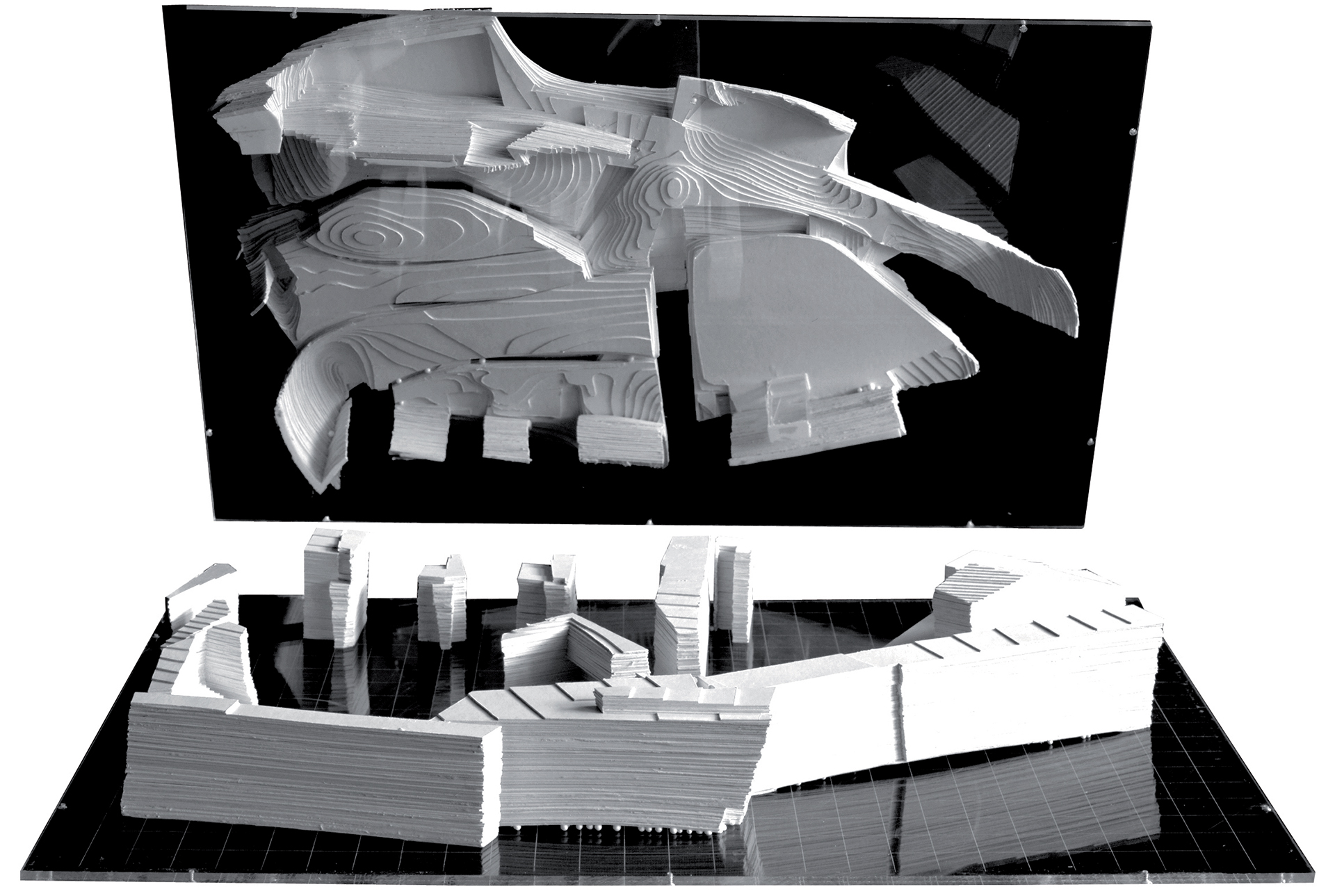

Some works that are already considered classic contemporary buildings are also presented: the Magma Culture and Congress Centre (Tenerife, 2005) – an adaptable building that has already hosted all kinds of events from car fairs to scientific conventions, from rock to chamber music concerts, and Badeschiff (Berlin, 2004) – the popular floating swimming pool in the River Spree in Berlin, which was made by recycling an old barge.
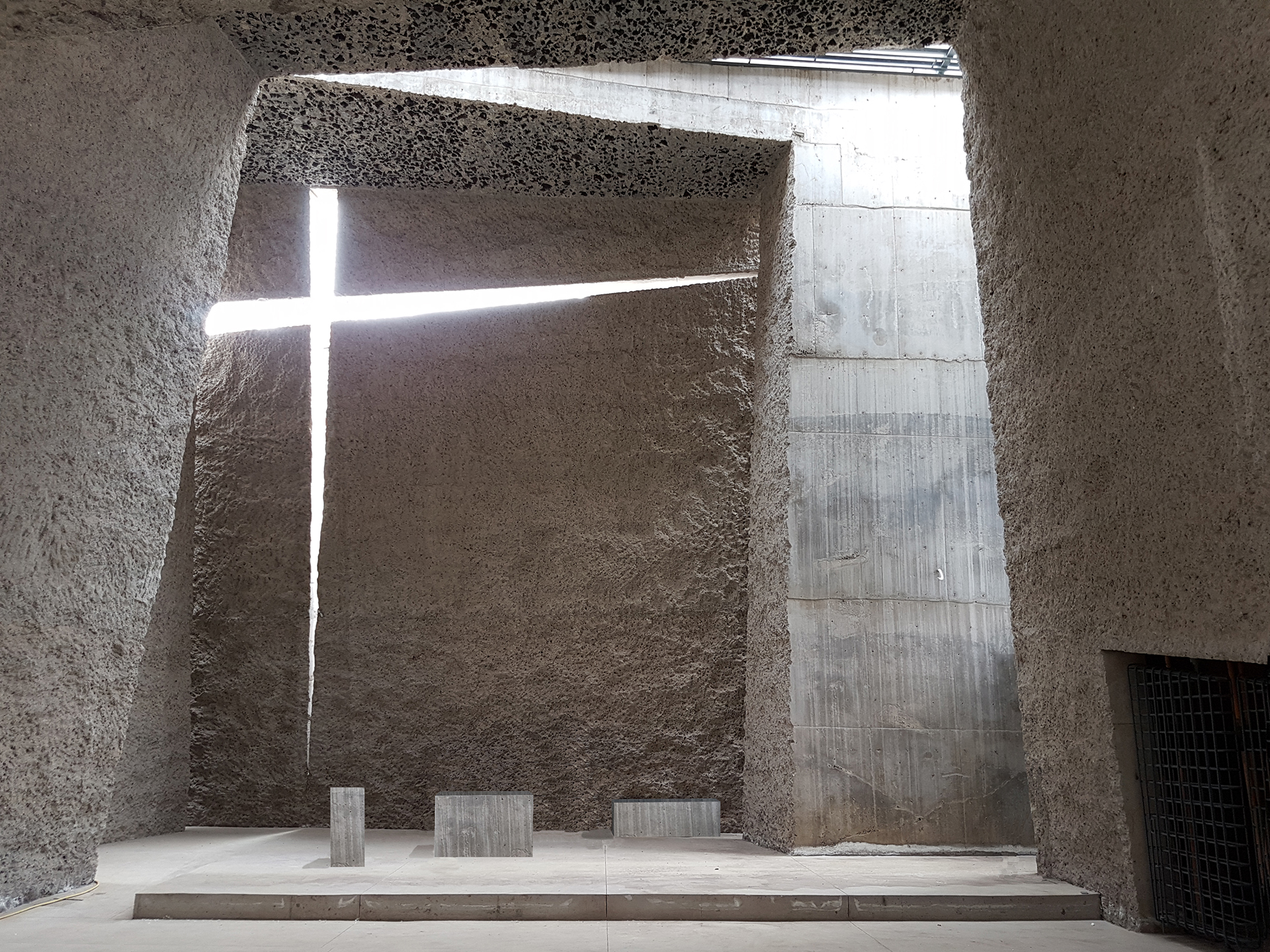
The starring installation of the exhibition is a 5 x 5 x 5 meter Black Box that resembles the black box of the aircraft, in which all operations, decisions, processes of a journey are recorded, in this case a creative journey from intuition to design and its materialization. Its external presence is rational while inside it lends itself to a dense sensory experience involving sculptural models, materials and textures, all of which discovered in a mysterious way through a veiled lighting. Outside the Black Box, in uncanny atmosphere achieved through lighting, the exhibition is completed with prototypes of the “Acoustic Frames”. These decorative elements combine art and functionality to improve acoustic comfort in interior spaces.
